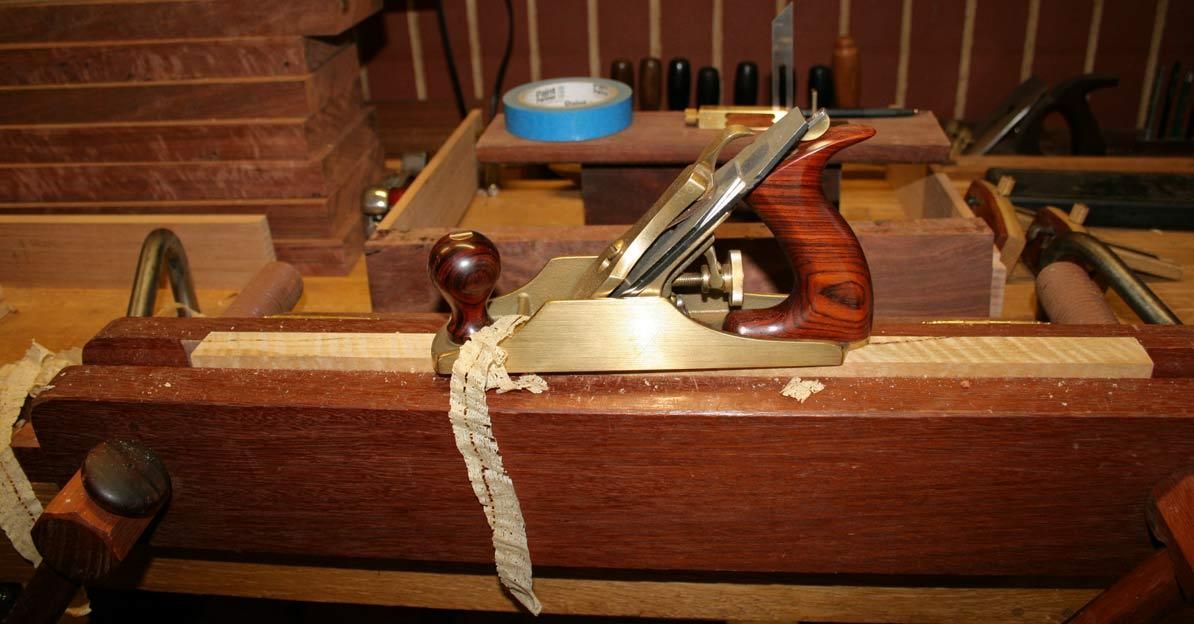sploo
Somewhat extinguished member
(Roughly) on that topic - statistical significance is also a big issue. If I owned 5 items from a manufacturer (that produced thousands) and all were better/worse than 5 items from another manufacturer (that produces thousands) I'd probably feel pretty confident in my opinion of the two brand's relative merits. Unfortunately, I suspect that my sample would be statistically insignificant, and not enough to draw a wider conclusion.Rhyolith":1lfjfrij said:Media Rant: I have a dis-trust of the media as they write to make money and entertain over anything else. This does not need to be a outright fabrication such as taking a photograph over something other than the Clifton factory to represent said factory. Simply missing out a few bits of information or exaggerate a few others here and there add up to a decidedly large amount of mis-information very quickly... not saying they did, but that fact they could with relative ease to a benefit for themselves is enough to make me see it as unreliable information; firmly below "fact" level in other words. At best something like a magazine or news paper provides only a tiny window into a world such as tool making. I mean, for example there might over 1000 ways of annealing for all we know (I obviously have no idea how many there are) and other numerous variations of the method that effect the metal differently. Simply knowing Clifton does an annealing process really tells us very little if we are not metallurgists. The defined test is more convincing, the Plane dropping ten feet onto hard concrete and still being functional (to a measurable capacity? i.e. flat sole) afterwards, but unless it was done meeting scientific standards (which is unlikely) its still questionable evidence.
Honestly I feel tools can only be understood fully if you handle them in real life (and see the production in real life). Understanding the theory alone and thinking your understand the tool, that is as ludicrous thinking you can gain an complete understanding of a 1000 page novel from only the first page.
That's always the problem with anecdotal evidence from individual users - unless that is there's a clear pattern that emerges from many reports.





